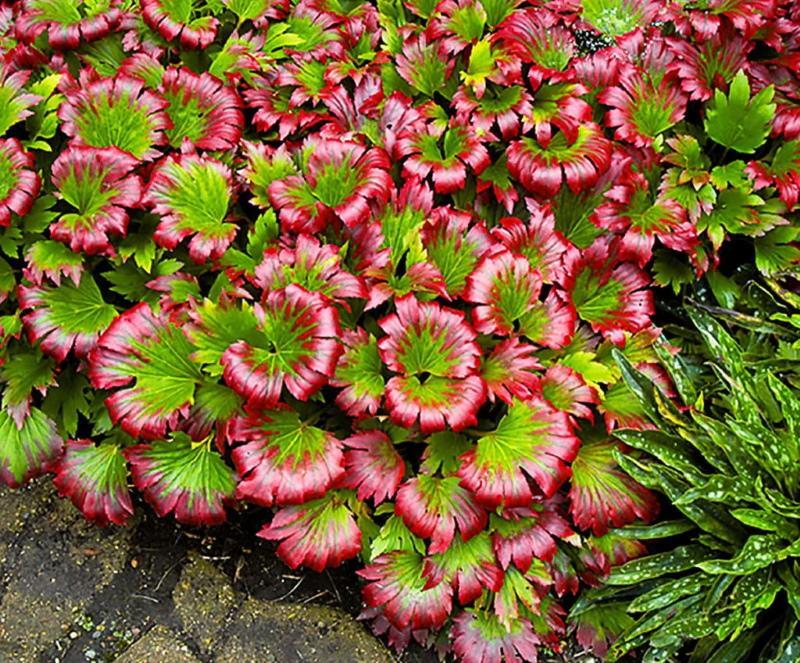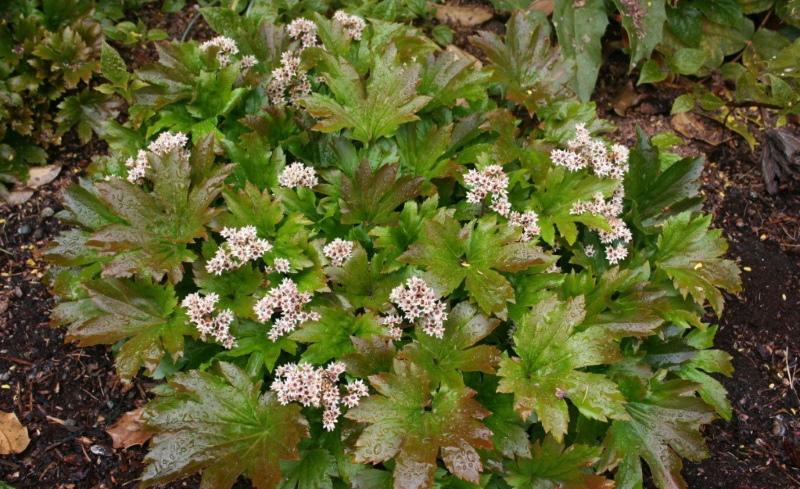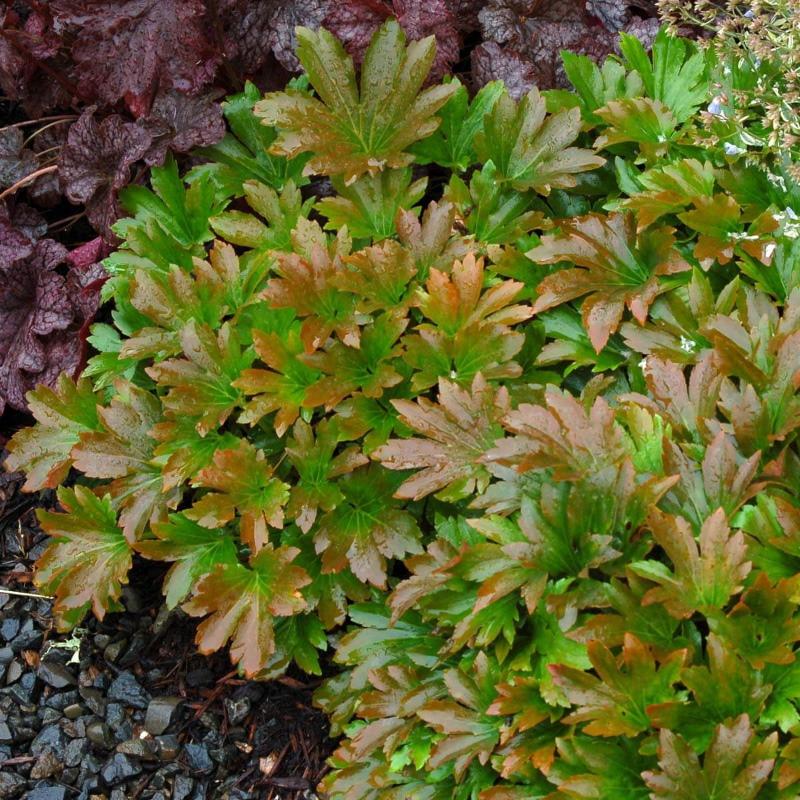Mukdeniya - planting and care, photo
 It is not possible to meet her chic multi-colored curtains everywhere, but the reason is not at all that they are ugly. Just mucdenia, planting and care (a photo of the plant will be further in the article) for which, in principle, they are simple - a very delicate culture. Its succulent roots and leaves absolutely do not tolerate low temperatures. And although by its nature it is a perennial, in our conditions it grows as an annual crop. Only in the south and subject to shelter for the winter do bushes survive in open ground. And then every year they grow and turn into an original grassy carpet that changes its color during the season.
It is not possible to meet her chic multi-colored curtains everywhere, but the reason is not at all that they are ugly. Just mucdenia, planting and care (a photo of the plant will be further in the article) for which, in principle, they are simple - a very delicate culture. Its succulent roots and leaves absolutely do not tolerate low temperatures. And although by its nature it is a perennial, in our conditions it grows as an annual crop. Only in the south and subject to shelter for the winter do bushes survive in open ground. And then every year they grow and turn into an original grassy carpet that changes its color during the season.
Mukdeniya - planting and care, photo

There are only 2 types of mukdeniya, but each has several varieties:
- Ross;

- Acantholis.

In mucdenia Acantolis, leaf plates have a deeper division into lobes. This makes them look like incense foliage. It also has very low winter hardiness and is grown as an annual. In Ross mucdenia, the foliage is incised mainly along the edge of the plate. It is more winter-hardy and in warmer regions can overwinter under good shelter.
Where to plant
 In terms of lighting, all varieties of mukdeniya are not demanding. Moreover, they look better in semi-shaded flower beds, but can grow even in the shade. From the soil, the plant prefers light loam or sandy loam. Before planting, it is advisable to fertilize the site by adding compost for digging.
In terms of lighting, all varieties of mukdeniya are not demanding. Moreover, they look better in semi-shaded flower beds, but can grow even in the shade. From the soil, the plant prefers light loam or sandy loam. Before planting, it is advisable to fertilize the site by adding compost for digging.
The only condition is that you can not plant mucus in places where water stagnates. Although she loves moisture, but from its excess, the juicy rhizome rots.
How to care
 Mucdenia care is to provide the bushes with moisture and nutrition:
Mucdenia care is to provide the bushes with moisture and nutrition:
- In the summer it needs to be watered frequently. It is impossible for the earth to dry out, otherwise the bushes will disappear.
- In drought, it will not hurt to spray the outlets, but not during the flowering period.
- On fertile soil, it will be enough to apply a mineral complex fertilizing once in the spring. If the land is poor in nutrients, it is better to fertilize mucdenia throughout the season twice a month.
To keep moisture longer, you can mulch the soil under the bushes.
In the southern regions for the winter, it is worth trying to preserve mukdeniya by covering it with a thick blanket of mulch... If the winters are warm and the bushes do not die, then after 4 years they can be divided by digging. Another option is to dig up flowers every year and bring them to the basement for the winter.